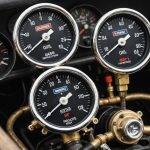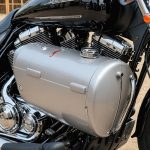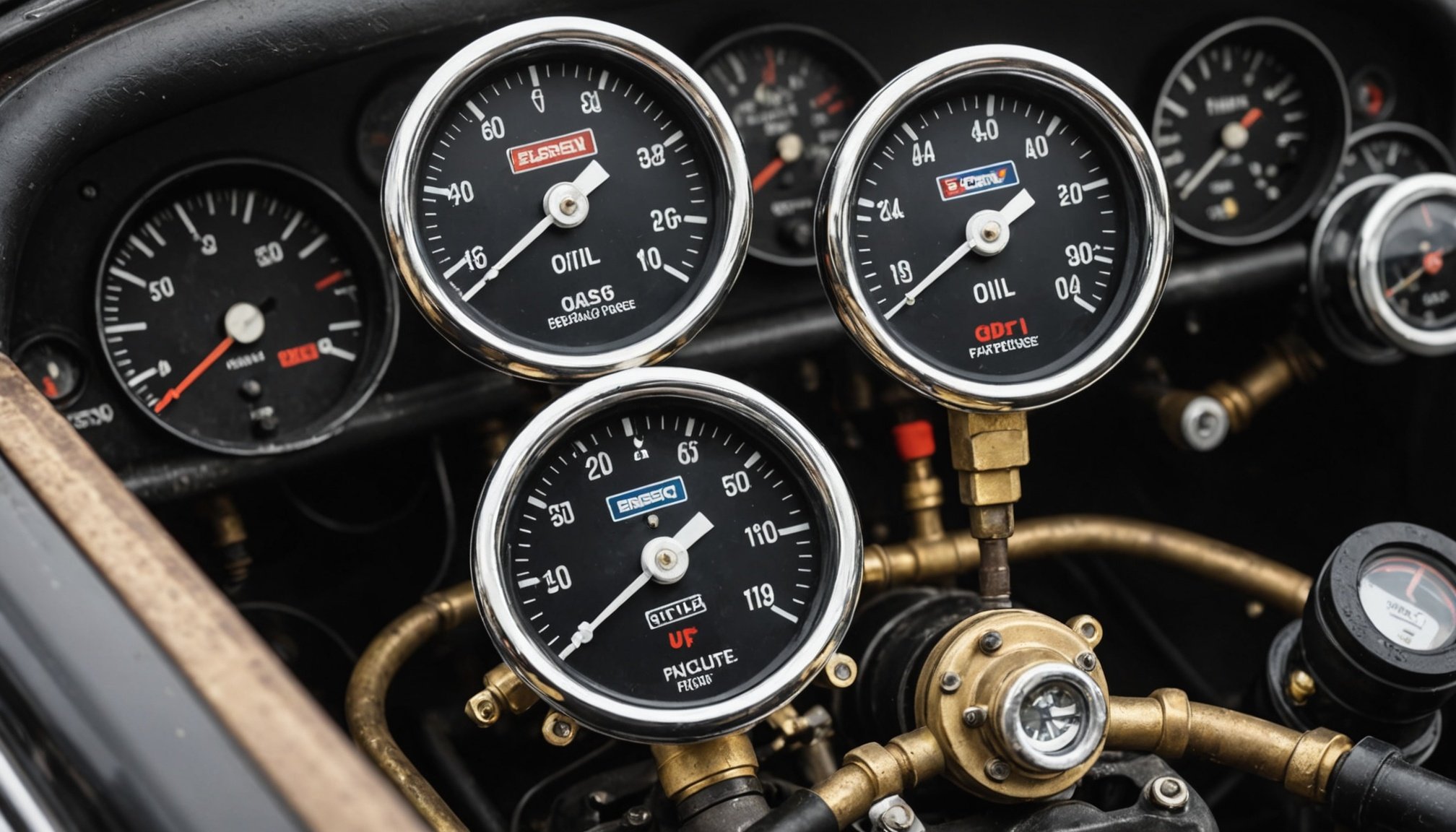Understanding Oil Pressure in British Classic Cars
For British classic cars, oil pressure is a crucial metric that ties directly to engine health. It ensures that the lubrication system functions efficiently, protecting engine components from wear and friction. In these vintage vehicles, understanding oil pressure isn’t just about keeping things running smoothly; it’s about preserving a piece of automotive history.
The lubrication system in British classic cars typically includes an oil pump, filter, and various channels through which the oil flows. This system’s primary role is to maintain appropriate oil pressure to aid in the smooth operation of the engine. Proper oil pressure means that all moving parts receive adequate lubrication, thus reducing wear and tear.
This might interest you : Optimize your uk family hatchback: upgrade your air intake system for peak performance and efficiency
Common oil pressure ranges vary across models, reflecting unique engineering approaches. Most notably, some British classics operate efficiently in the range of 15 to 50 psi when idling, while others might have different optimal pressures. An understanding of these ranges allows for better maintenance and diagnostics. Familiarity with your specific classic car model’s oil pressure norms can prevent unnecessary concerns and ensure reliable performance. Maintaining a historical automobile requires precise attention to detail, and understanding oil pressure is a cornerstone of this endeavour.
Causes of Oil Pressure Issues
Understanding the causes of oil pressure problems in British classic cars is vital for maintaining engine health. Two primary symptoms often indicate these issues: fluctuating oil pressure and a persistent low or high reading on the gauge.
Additional reading : Perfecting headlight alignment for classic british cars: your essential guide to uk road compliance
Common causes of these fluctuations include worn engine bearings, a malfunctioning oil pump, or blockages in the lubrication system. Each of these can significantly impact oil flow, affecting pressure levels. Additionally, incorrect oil viscosity and degraded oil quality can alter pressure, leading to potential engine damage.
- Oil viscosity is crucial as it ensures proper lubrication; if too thin or thick, it disrupts pressure balance.
- Engine components age, causing increased clearance, which can lower pressure.
- External factors like environmental temperature also influence viscosity and performance.
Effective diagnostics require understanding these factors and recognising warning signs. Regular checks and high-quality oil usage are preventative measures to ensure stable oil pressure. Proper maintenance helps keep the delicate balance of pressure and lubrication vital for the longevity of these iconic vehicles.
Diagnostic Procedures for Oil Pressure Problems
An accurate oil pressure gauge is essential when diagnosing pressure issues in British classic cars. This tool provides precise readings that guide troubleshooting efforts. Once equipped, begin the diagnostic process by observing the pressure readings under various conditions: idle, throttle, and after a drive. Consistent low or high readings on the gauge can indicate underlying problems.
Follow these steps for effective evaluation:
-
Check oil levels and viscosity. Ensure oil is at the right level and matches the recommended viscosity for your car model. Incorrect viscosity affects pressure balance.
-
Inspect for leaks in the lubrication system. Leaks can cause drops in oil pressure and require immediate attention.
-
Examine the oil filter. A clogged filter restricts oil flow, causing pressure fluctuations.
-
Assess the oil pump’s functionality. A failing oil pump may result in insufficient pressure; listen for unusual noises as an indicator.
-
Review the condition of engine bearings. Worn bearings increase clearance, impacting pressure.
By systematically addressing these areas, you can pinpoint problems efficiently. Consider investing in routine maintenance to prevent issues, ensuring the longevity and performance of your vintage vehicle.
Tuning Techniques for Optimal Oil Pressure
Achieving optimal oil pressure in British classic cars can enhance engine performance and longevity. With careful adjustments, you can ensure the lubrication system operates efficiently. One method involves using aftermarket components designed to regulate oil flow and pressure. These components include adjustable oil pressure regulators and high-capacity oil pumps, which allow precise control over pressure settings.
To maximise oil circulation, it’s crucial to follow best practices, such as ensuring the oil type matches the specific requirements of your classic car model. Regularly inspecting and replacing oil filters and seals also aids in maintaining consistent pressure levels.
Different tuning techniques apply to various British classics. For example, many vintage Jaguars benefit from installing an external oil cooler, which helps manage temperature and pressure more effectively. Meanwhile, classic Minis might require reinforced oil lines to support higher-pressure demands.
Adopting these tuning techniques ensures your British classic car’s engine remains healthy and performs at its best. While mechanical knowledge aids in making these adjustments, consulting a classic car expert can provide valuable insight tailored to your vehicle’s unique requirements, enhancing your restoration experience.
Recommended Tools and Oils for Maintenance
Proper maintenance of British classic cars relies on using the right tools and oils. Understanding the essentials can ensure your vehicle’s longevity.
For oil pressure maintenance, essential tools include an accurate oil pressure gauge, quality socket sets, and oil filter wrenches. These are fundamental for performing regular checks and addressing potential issues promptly. A reliable drain pan can also make oil changes cleaner and more efficient.
Choosing the right oil types and grades is vital. Always refer to your car’s manual for specific recommendations, but generally, classic cars benefit from oils with the right viscosity to maintain optimal lubrication. Conventional oils offer adequate protection, yet high-quality synthetic options can enhance performance. Brands like Castrol and Valvoline are frequently recommended for their classic car formulations.
Regular oil changes prevent debris build-up and degradation. Follow a consistent maintenance schedule, changing oil every 3,000 miles or as advised for older engines. Adhering to a routine keeps oil pressure stable, optimising engine performance.
By equipping yourself with the proper tools and selecting suitable oils, you can ensure your British classic car remains in pristine condition.
Visual Aids and Resources for Understanding Oil Pressure
In mastering oil pressure understanding in British classic cars, visual aids are crucial. They provide clarity on how the lubrication system works, helping you grasp complex concepts with ease. Resources such as diagrams, videos, and checklists offer varied learning styles support.
Diagrams of oil pressure systems
Diagrams illustrate the flow of oil within the system, showcasing each component’s role in managing optimal oil pressure. This visual representation aids in identifying potential issues by highlighting crucial points like the oil pump and filter locations.
Videos demonstrating diagnostic techniques
Videos offer step-by-step guides on using an oil pressure gauge, demonstrating practical diagnostic procedures. Watching these in action helps you apply techniques accurately, enhancing troubleshooting skills for fluctuating oil pressure problems.
Checklists for troubleshooting oil pressure issues
Use checklists to ensure comprehensive assessments of your classic car’s oil system. They serve as reminders for routine checks, covering aspects like oil viscosity, filter condition, and system inspections. Checklists keep your maintenance on track, minimising oversight risks.
Utilising these resources empowers you to maintain your vehicle effectively. Accessing expert recommendations through these tools builds confidence in applying knowledge, ensuring you preserve the heritage of your classic car while addressing related challenges.











